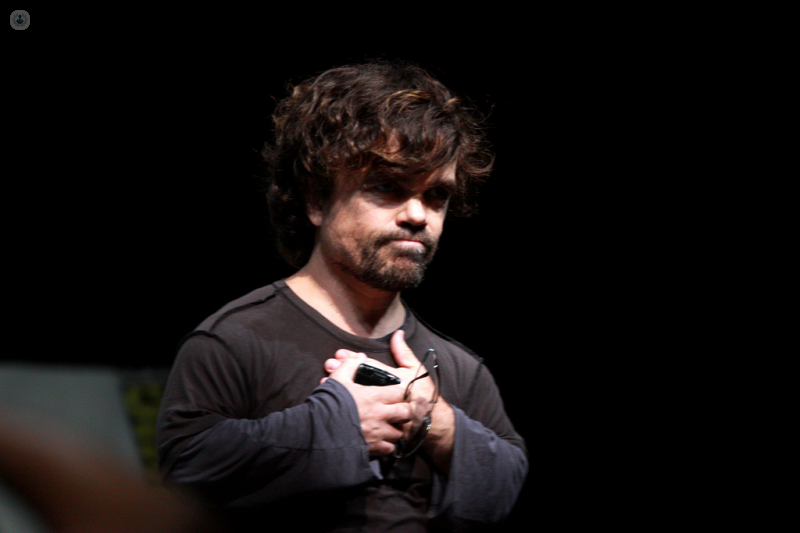Achondroplasia: facts from an expert
Autore:Achondroplasia might not be a word you are familiar with, but everyone would recognise its effects. Expert clinical geneticist Dr Melita Irving gives us the facts about the leading cause of dwarfism.

What is achondroplasia?
Achondroplasia is the most common form of genetic disproportionate short stature, also known as dwarfism. It is caused by an alteration on one of the genes, the FGFR3 gene. This gene makes a protein that is important for bone growth and disruption of its function has significant consequences upon development of the skeleton. Not only does this affect the growth of the long bones in the arms and legs, but other bony parts of the body, such as the spine and the skull. This results in:
- Short stature
- Difficulty undertaking everyday functions
- A kink in the spine
- Narrowing of the spinal canal, with compression of the cord and constriction at the base of the skull
- Ears, nose and throat (ENT) problems
- Bowing of the legs
- Sway back
Is this growth disorder inherited? What are the main causes?
For most people with achondroplasia, the FGFR3 genetic change has started in them for the first time. This is called a new mutation. Whilst it seems to come out of the blue, nearly everyone with achondroplasia has the same mutation, as though there is something specific about this one compared to the seeming randomness of other new mutations.
In the same way that Down’s syndrome is more likely to occur in the offspring of older mothers, the achondroplasia change is more frequently seen when it is the father that is older. There is definitely more to be worked out here!
Someone with achondroplasia has 50-50 chance of them passing it on, as it is an autosomal dominant genetic condition.
How is achondroplasia diagnosed?
Achondroplasia is diagnosed when the characteristic features are recognised, usually by a specialist. There are different times when this might happen.
Achondroplasia could be diagnosed at birth, when the key physical appearances are observed. These are a large head (macrocephaly), shorter whole body length, short arms, trident shape hands and a slightly sunken bridge of the nose. This should prompt diagnostic tests such as a full set of body X-rays called a skeletal survey (the radiation dose is very low) and FGFR3 genetic testing.
These features can sometimes be seen on antenatal ultrasound scan, but not until later in the pregnancy (third trimester), if scans are performed outside of routine screening. Genetic testing can then be done, either by amniocentesis, but increasingly with NIPT (non-invasive prenatal testing), using the mother’s blood sample to isolate foetal DNA for testing.
What symptoms will people with achondroplasia have? Will they have any health problems?
The symptoms of achondroplasia depend on the age and form the basis of regular check-ups by a specialist.
In very young children, we look for the more serious neurological complications, such as spinal cord compression and hydrocephalus.
As they become older, sleep apnoea may present, as well as ear-nose-and-throat problems. Disproportionate short stature may cause issues with day-to-day life as the children start school and progress through childhood. Leg bowing might become an issue too.
Later, excessive weight gain can become problematic, as can back pain and neurological symptoms in the arms and legs from narrowing around the spinal cord. It is important that people with achondroplasia have genetic counselling when planning their own families, especially if they plan this with a partner who also has dwarfism.
Do people with achondroplasia have a shorter life-span?
If people with achondroplasia remain active and healthy, there is no reason why they should not live fulfilling lives with a normal lifespan. Complications may affect this though, which is a shame as many are avoidable. Keeping weight at an appropriate level for someone with achondroplasia is absolutely key. Listening to your body and acting on what it tells you applies to those with the condition, as much as to anyone else. Specialist help is on hand to help achieve this goal!


